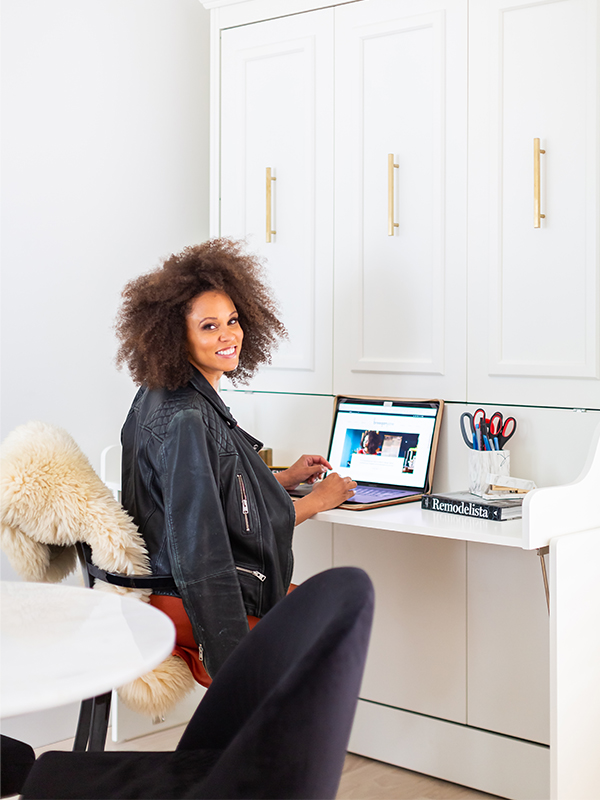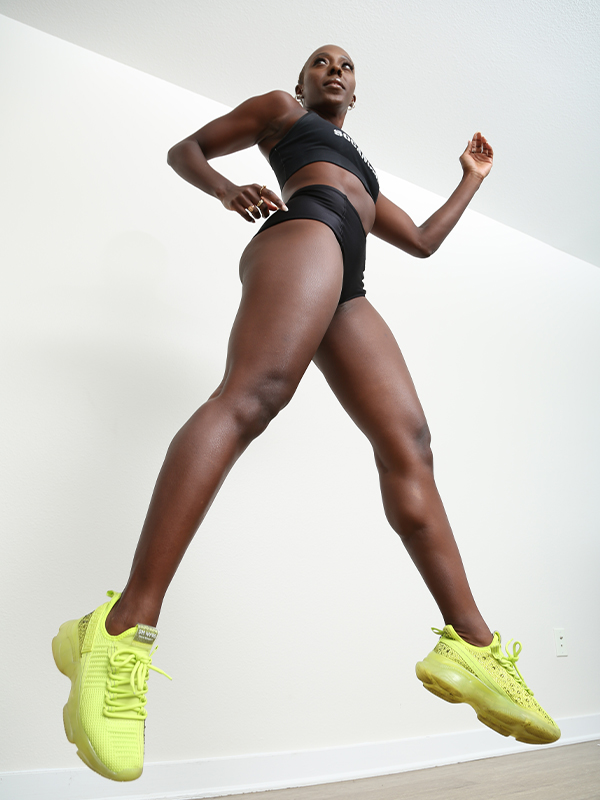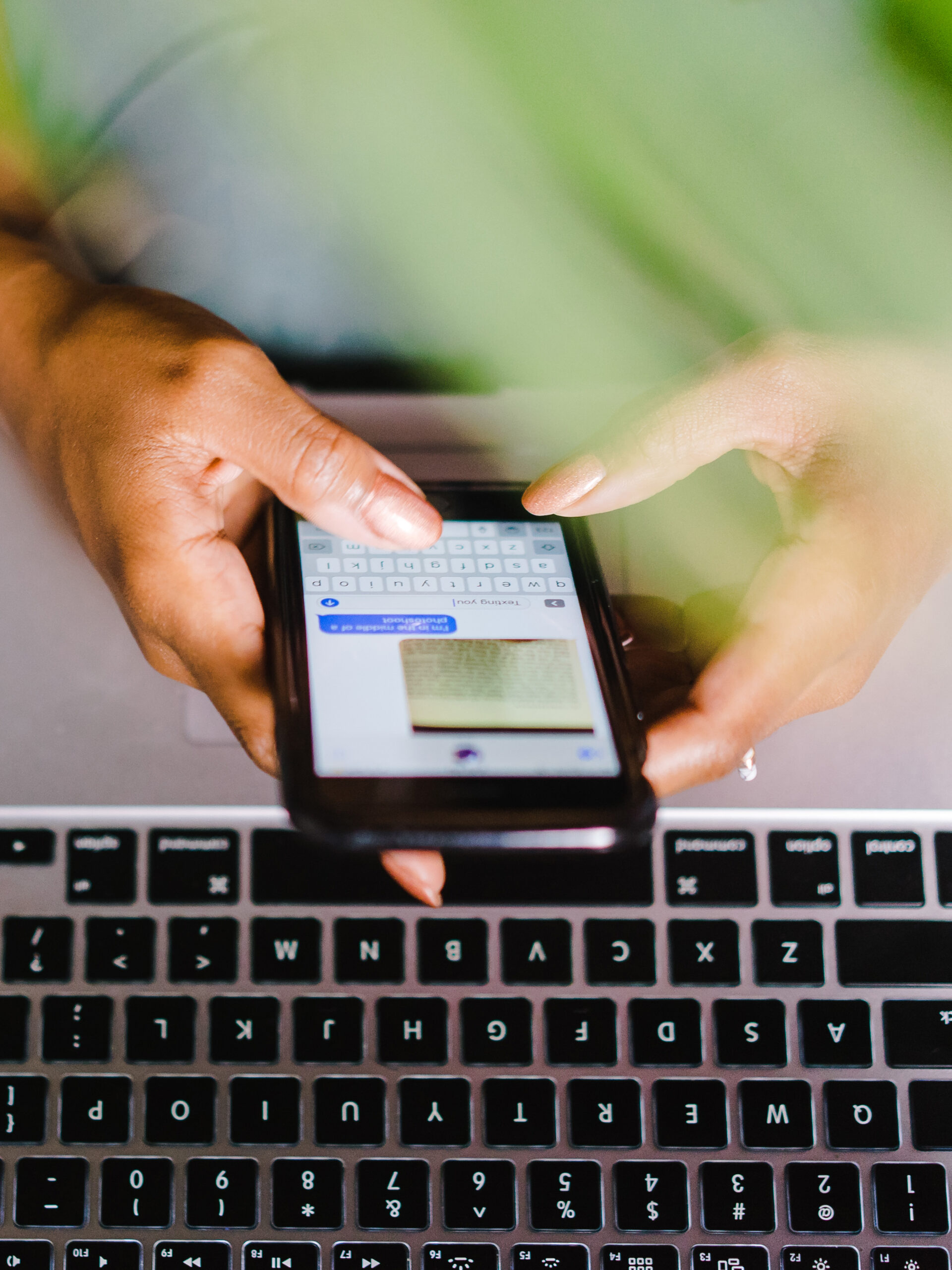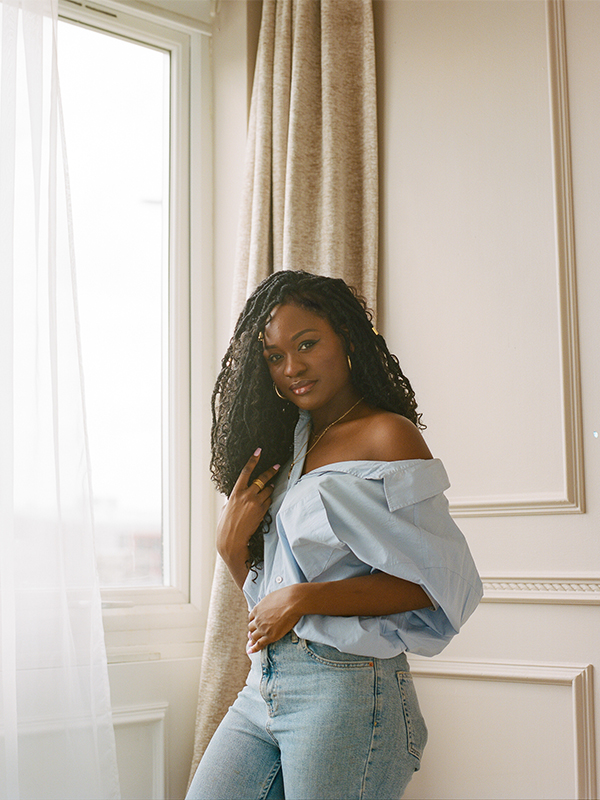Many of us have indefinitely traded in our commuter passes and carpools for home offices and Zoom meetings, and with that transition, finding a balance between our professional and personal lives has become more elusive than ever. So we asked six design experts to share how they’ve created home spaces that cater to this lifestyle—and how you can do the same.
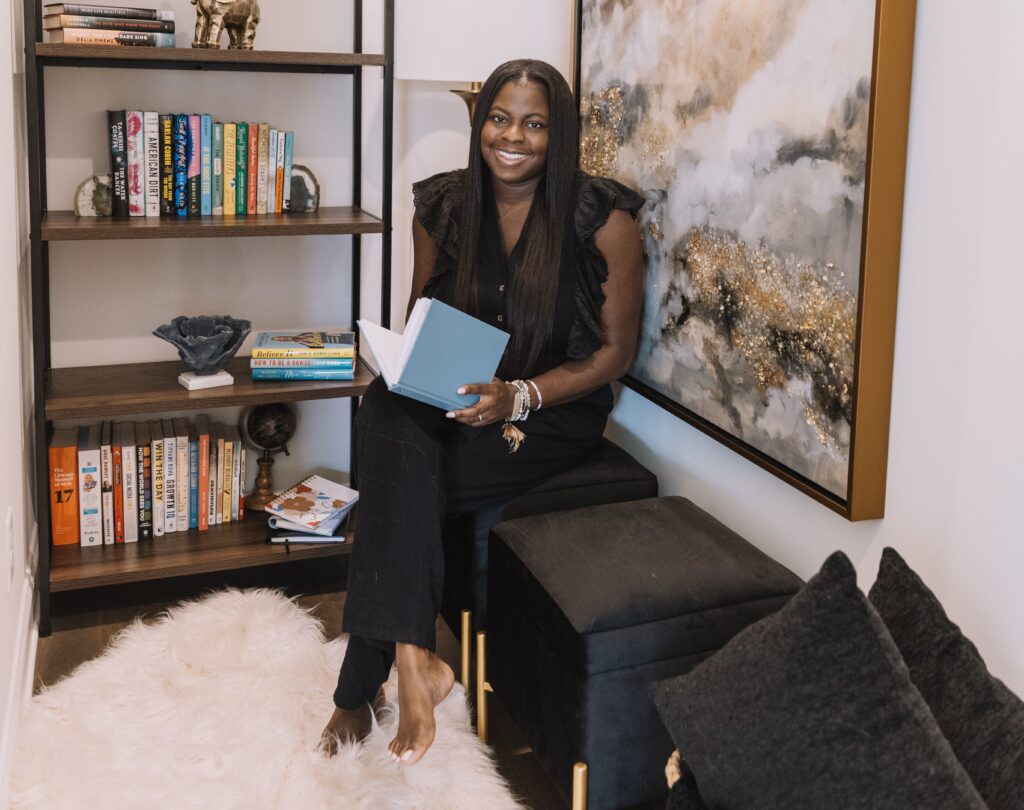
Jasmine Crockett, Interior Designer, Founder & CEO, Joy Meets Home
Create a space that makes you feel excited to work there.
Good lighting, a comfortable desk chair and the layout of your workspace can give you the energy you need to get to work. You want to add pieces that personally help you relax—comfortable floor pillows or a nice comfortable chair, an art piece that can speak to the space, and, of course, shelving that can hold items like books, candles or journals to personalize the space.
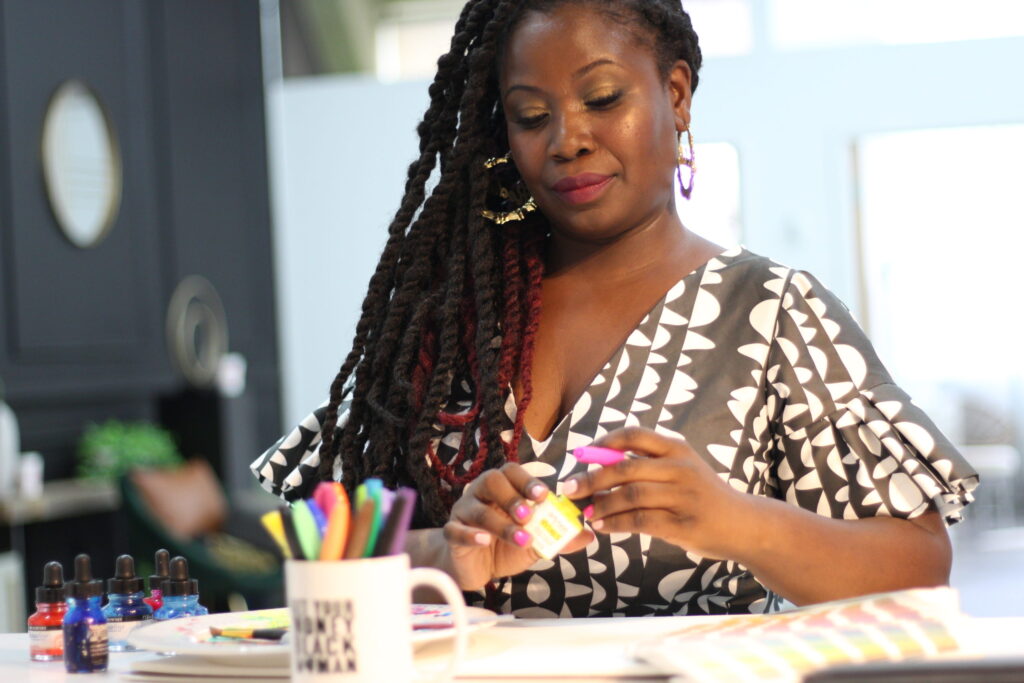
Your workspace has to feel different from the rest of your home.
Even if your commute is only a couple of minutes long, a few small décor tweaks can make you feel like you’re stepping into a separate environment. If your palate is typically neutral, consider adding vibrant pops of color to your workspace via art prints, throw pillows or an accent wall adorned with your favorite peel-and-stick wallpaper pattern.
Let there be light!
The more natural sunlight you can get in your home office, the better. Sitting near a window while working always keeps me energized, motivated and well… awake. A recent study showed that workers in an office with natural light experienced an 84% decrease in the frequency of headaches, blurred vision and eye strain—all vision problems typically associated with office work. It also reduced drowsiness by 56%.
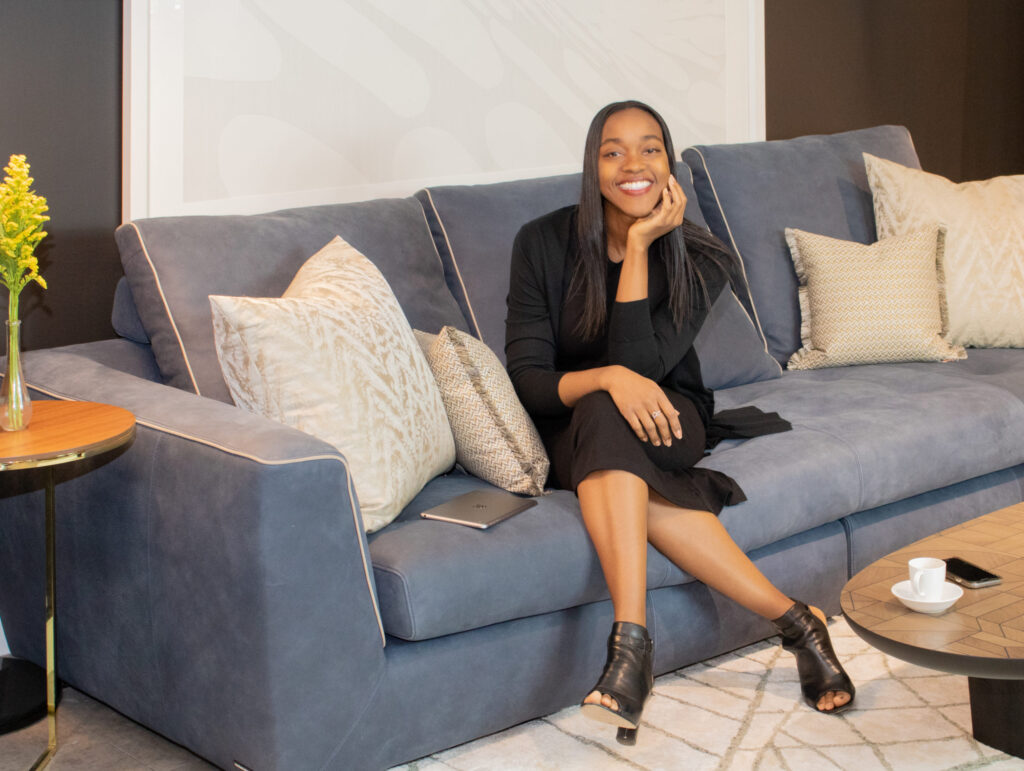
Leah Alexander, Interior Designer, Owner of Beauty Is Abundant
Make space for meditation.
I have a yoga mat permanently stationed in a corner by a large window in our home where I sit and meditate in the morning. Deep sofas are highly recommended for optimal relaxation, with back cushions high enough for neck support.

Shira Gill, home organizing expert, speaker/coach, author of MINIMALISTA
Rid your space of work-related things at the end of the day.
If you’re working from the dining room table all day like me, make sure to clear the surface at the end of your work day and place something lovely on the table—a bowl of fruit or a vase of fresh flowers will help send a signal that it’s time to transition out of work mode and into personal mode. Activating the senses is another great way to transition out of the daily grind. I like to dim the lights and light a candle when the workday is done, a simple cue that tells my body and brain it’s time to get out of work mode and relax. For those who don’t have the luxury of a dedicated home office (my hand is up!), I suggest creating a “work-from-home bin.” The key is to stow your work bin in a concealed area (think cabinet, credenza or storage closet) so your work is out of sight and mind when you’re ready to “clock out.”
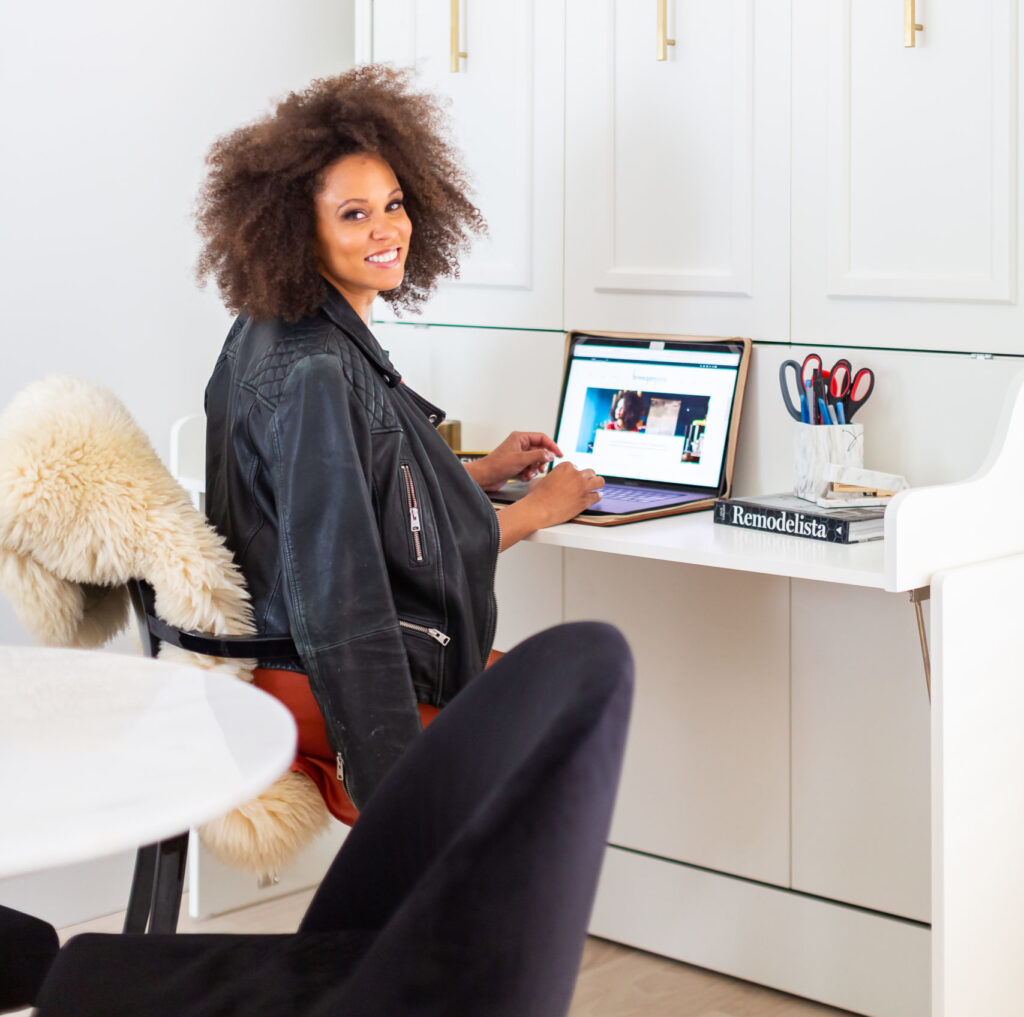
Breegan Jane, Designer, Entrepreneur, Lifestyle Expert
Consider the art of maximalism.
Most people think of balance in terms of taking things off the plate, but it looks different for me. Sometimes balance isn’t necessarily relegating a corner for a desk and another for guests, but instead going all in with both when you need to ask that of a space. A bar or island in a kitchen can be used as a homework station as well as for the intended goal of that feature or space, which is, of course, to cook and eat. I require my spaces to function and exist solely in the utility I need at that moment. What that means is when I’m using a space as an office, it’s functioning wholly as an office. Everything from a desk to post-its to all my electronics are out, easily accessible and fully employed. On the rare occasions (maybe a few times a year?) when I have guests come to visit, that same space completely transforms into a hotel-like room with amenities and comforts that allow the space to successfully function as a guest room.
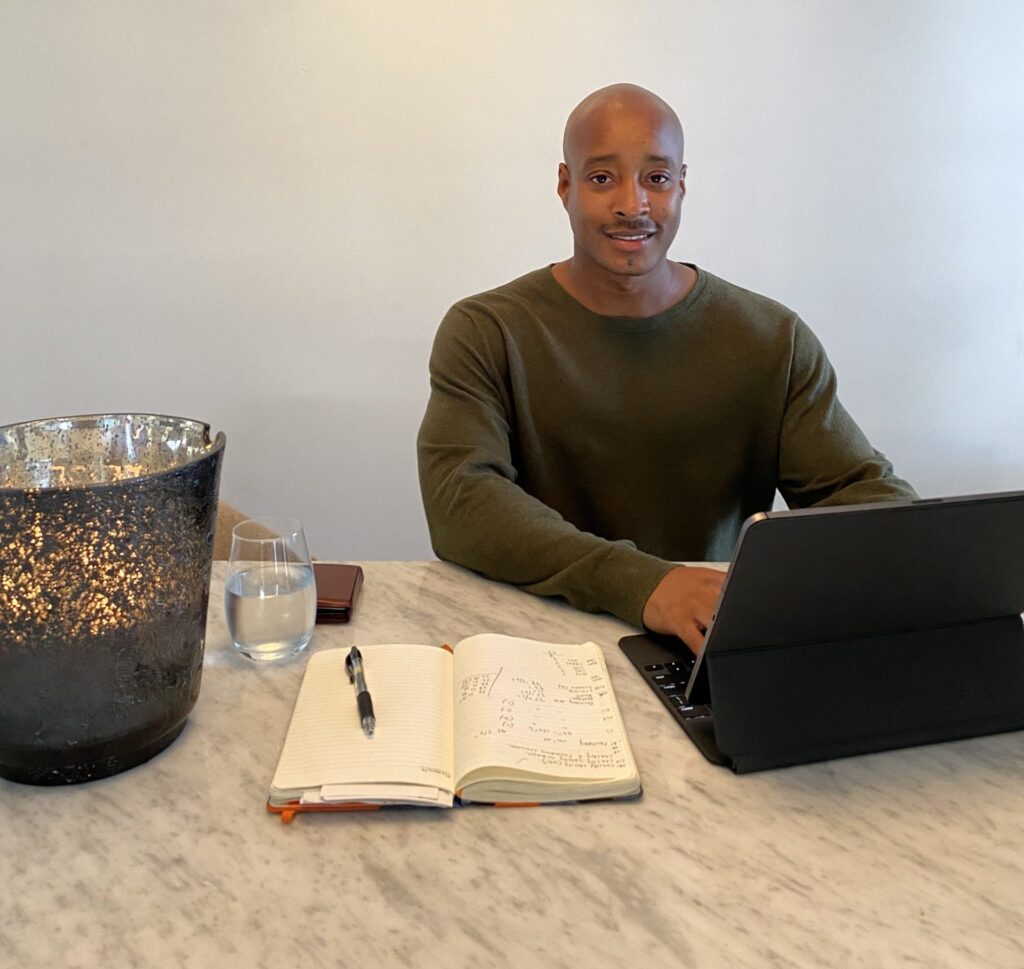
Adair Curtis, Interior Designer + Co-Founder of JSN STUDIO
Is the minimalist life more for you?
Clean spaces free of clutter tend to inspire more than spaces filled to the brim with “stuff.” Small file cabinets or standing file folders can accommodate all your paper needs, and even better if you can digitize your paper files. Because my space is in the dining room of my home, I only keep the bare minimum around and store a small file box in a hallway closet for easy access when I need it. Taking regular inventory of your space and your ever-evolving needs is also really helpful. Keep only what you need and get in the habit of purging everything else.
